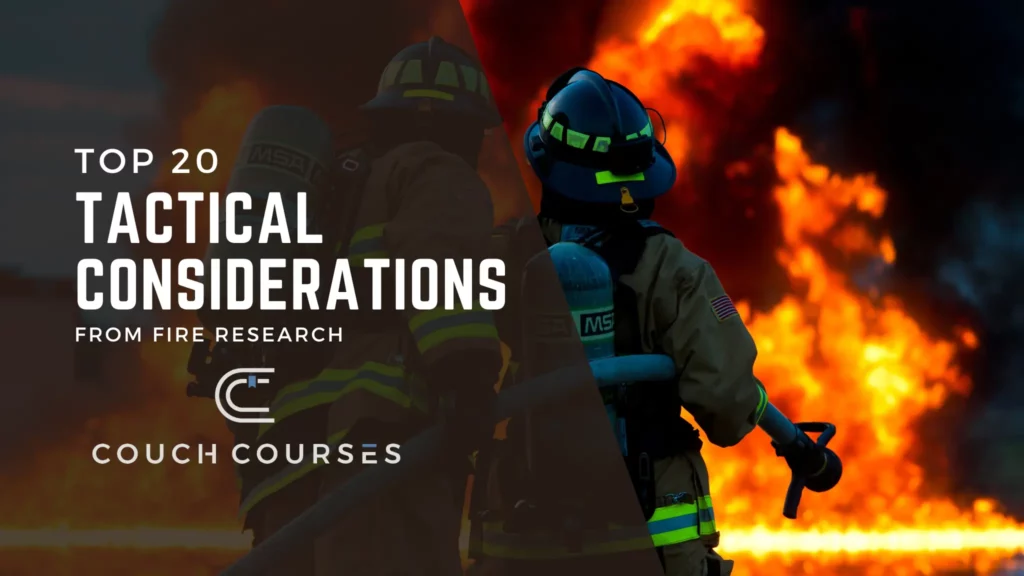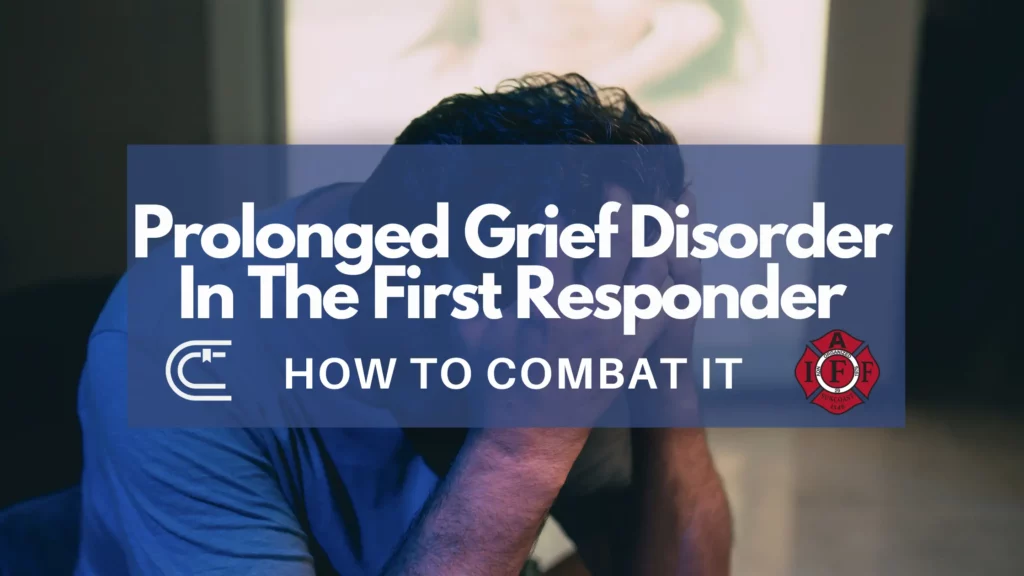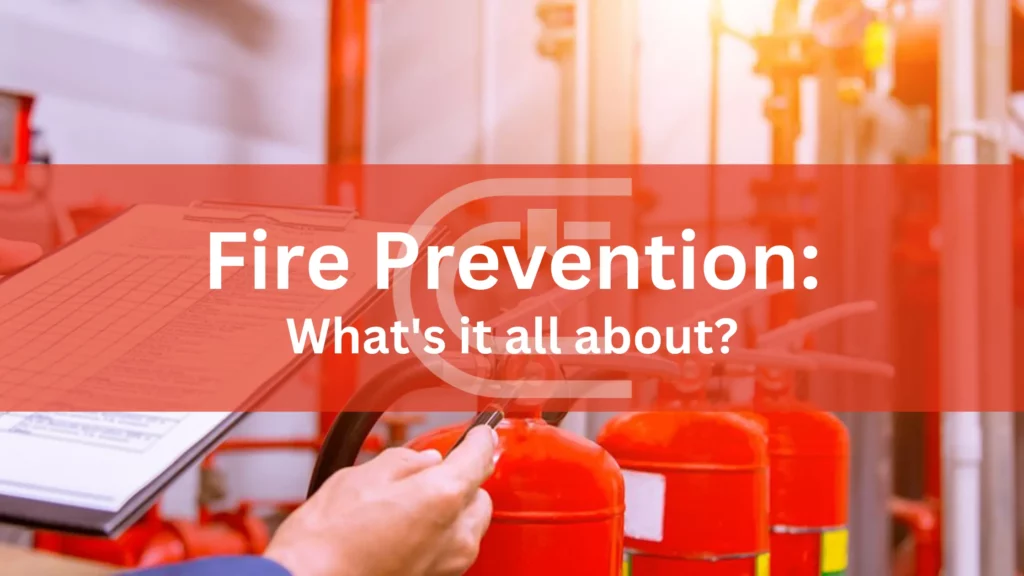Florida Brush Fire Basic Tactics
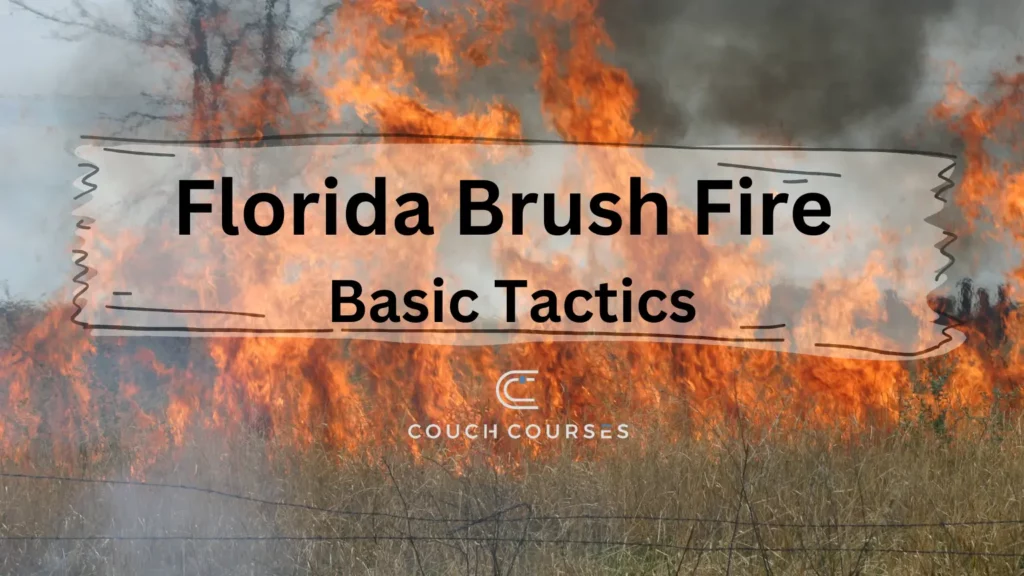
I live and work in Southwest Florida, and most of my brush fire incidents are different than, let’s say, out west with thousands of acres.
We typically encounter brush fires that start in undeveloped and uncleared lots in-between homes with occasional large runs of parks/wooded areas.
It is not uncommon in Florida for our brush fires to get quite large, but tactics obviously differ from forest fires. This blog will focus on the brush fires we typically encounter.
Influences of Brush Fire Behavior
Weather
We all know that weather is a huge component of any fire; wind direction and wind speed can increase the speed of brush fires. When coming in for a 24-hour shift, I look at the weather predictions for wind and try to keep an eye on the wind’s direction throughout the day.
If we get structure fires, this could help define a flow path (always trying to enter with wind on our backs so we do not find ourselves in the fire flow path), and in brush fires, this will often be a predictor of the direction of travel, intensity, and speed of travel. Similarly to structures, we typically fight from the black or burned area.
The relative humidity is also a factor in both ignitions of fire and the rate of spread of brush fires. When the humidity is low, the risks of brush fires increase. Some numbers I remember being taught to me were to watch for when the relative humidity drops below 30% or the wind gusts are above 25 mph.
Temperature also plays a factor in fire behavior, as increased heat can normally lead to increased fire activity. I live in Florida, and it is always hot.
Florida is also known as the lightning capital of the world. A mixture of all the above and a great ignition source, such as lightning, can often have our crews chasing down multiple fires simultaneously. So now, not only are we fighting a fire, but we are doing it stretched thin with manning.
Fuel
The burning materials play a role in the fire’s rate of spread and intensity.
Tall grasses can spread rapidly and burn hot, while woods tend to burn slower under the same conditions.
In the agency I work for, we have three categories we classify our fuel by.
- Low fuel: Grass, small brush, knee high in height.
- Medium fuel: Brush, small trees, palmettos, hip-high in height, and
- High fuel: Trees, brush, palmettos, shoulder high in height and higher.
Also, we have duff (decaying material covering the ground under trees) in Florida. This is normally a mixture of things, but often pine needles that are compressed tightly and hold a flame or even hide the flame from view. This duff can smolder for days and get extremely hot, running fires essentially underground.
Topography
Well, Florida is mainly flat, so this doesn’t play too much of a role in what we deal with in the Southwest of Florida, but hills and ditches can affect the path of a brush fire, oftentimes increasing as it goes up and decreasing as it goes down.
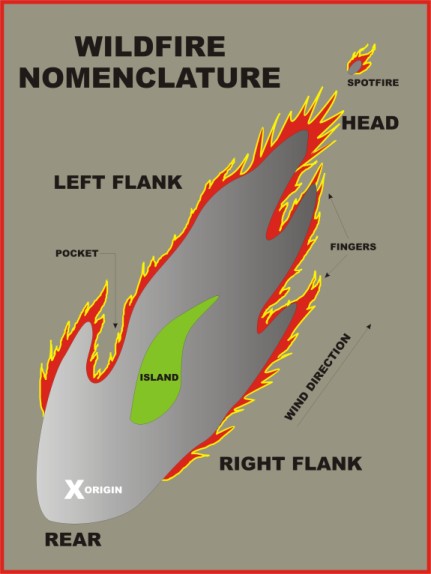
Sizing up a Brush Fire
Here we are again, the infamous size up. We have covered this in previous blogs, but specifically, to brush fires, we take into consideration the information provided above to help us make an incident action plan (IAP).
We also begin to think of hazards, downed power lines, hazardous materials, dead trees, and potential limbs falling from trees onto our crews.
Do we have enough resources, is the initial dispatch adequate do we need additional strike teams? How about the water supply?
What is threatened? Are we attempting to stop a fire in the woods that threatens no lives and property, or is the fire running toward homes? Sometimes we have to rush our attack, but most times, I have found that taking a moment and making a full game plan right the first time is more beneficial.
Initial Attack Tactics
Direct Attack
A direct attack is an aggressive, offensive attack at the fire’s edge from the black. This should be utilized when flames are less than four feet tall. It works well in light fuels, low wind speeds, and light-intensity fires. We use the black as a safety zone. The downside is that this exposes people to heat and smoke and is ineffective for fast-moving fires. We can do this from our brush trucks or via our fire engine at anchor points.
Tandem Attack
This is a lesser-used tactic, but two brush trucks can work from the black one hitting the hot spots and the second one following up extinguishing.
Pincer
Using two or more brush trucks in the black to attack the flanks of the fire and continue to the head in an attempt to “pinch” it off.
Envelopment
This is the tactic we often use in my agency when we have a large fire that is moving quickly.
Due to the size of the fire, several engines or brush apparatus take up several anchor points and attack from different locations blocking off critical locations or structures from the fire.
We also have an excellent cooperative agreement with our Sheriff’s Office, and they provide air support via Bambi buckets (large upside-down cone objects that are dipped into lakes and dropped on the fire).
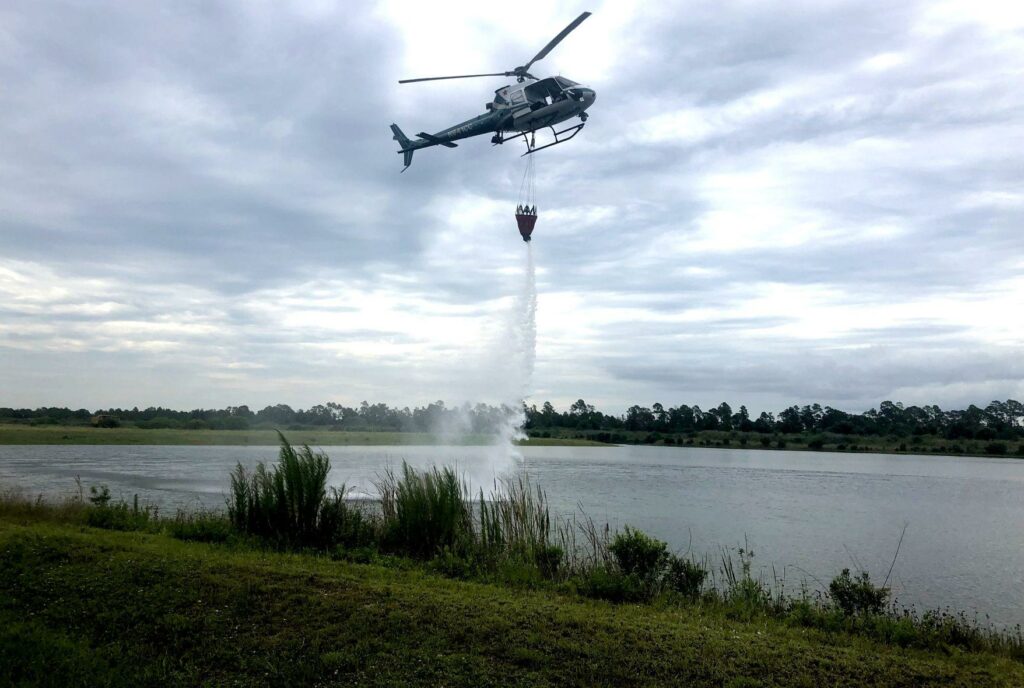
Brush Fire Safety
Some points that we should all share and reiterate every brush fire season:
Hydrate before a fire, during, and after. Fire is hot, Florida is hot, and heat stress can and does occur.
Watch for overhead lines, trees, and anything else that may fall. If a tree has been impinged in flames, assume that the tree has no structural integrity left.
Keep an exit strategy; fires shift, move, and can intensify. Always have several ways out of a fire.

Common Denominators on Tragedy Fires
- Most injuries or problems happen on small fires or isolated sections of large fires.
- Flare-ups generally occur in deceptively light fuels.
- Most fires appear innocent before unexpected shifts in wind direction, and some tragedies have occurred in the mop-up stage.


